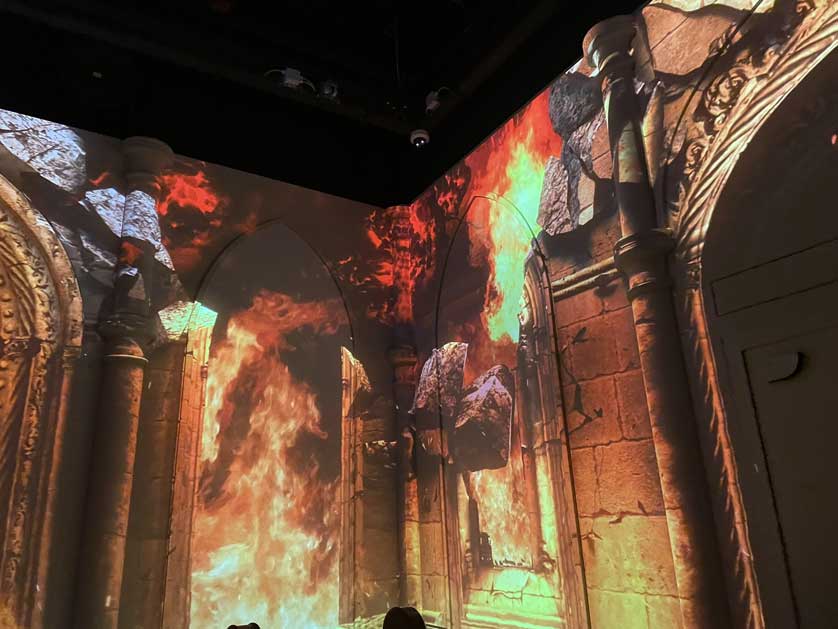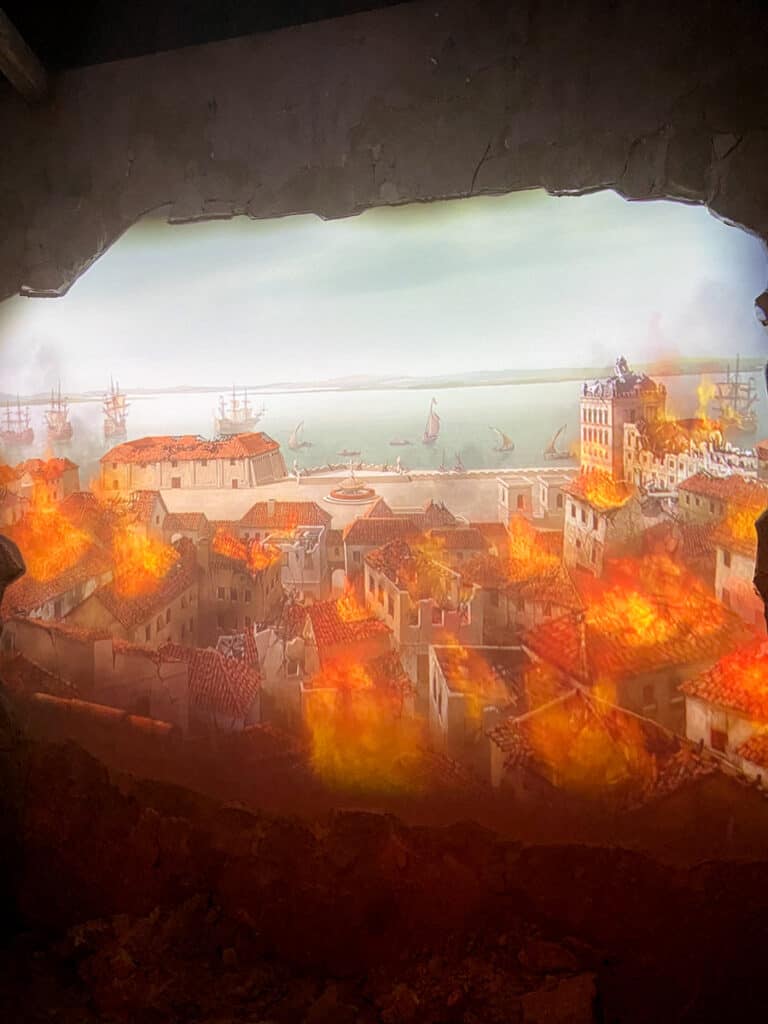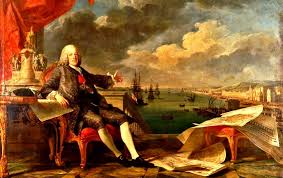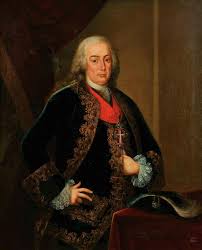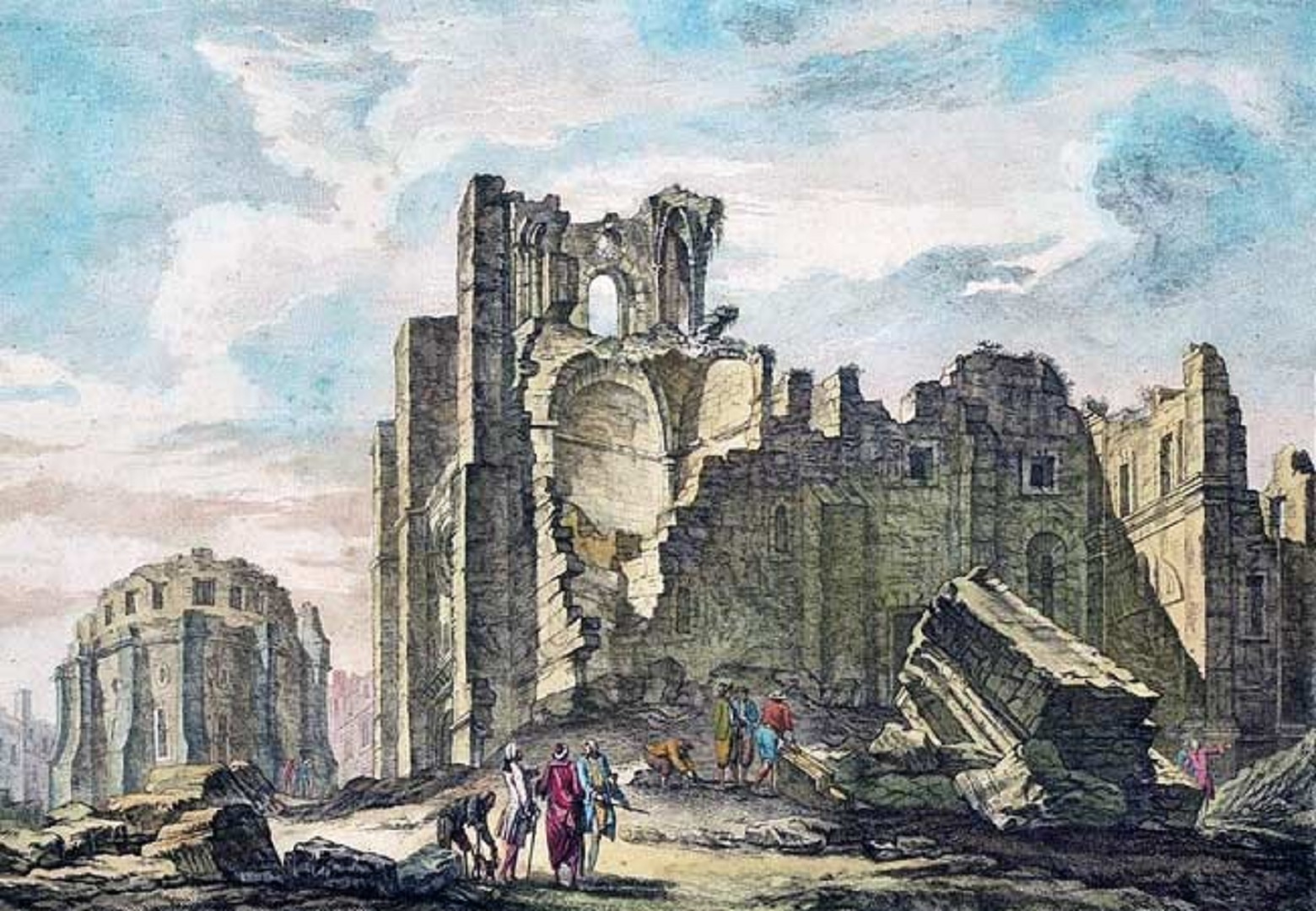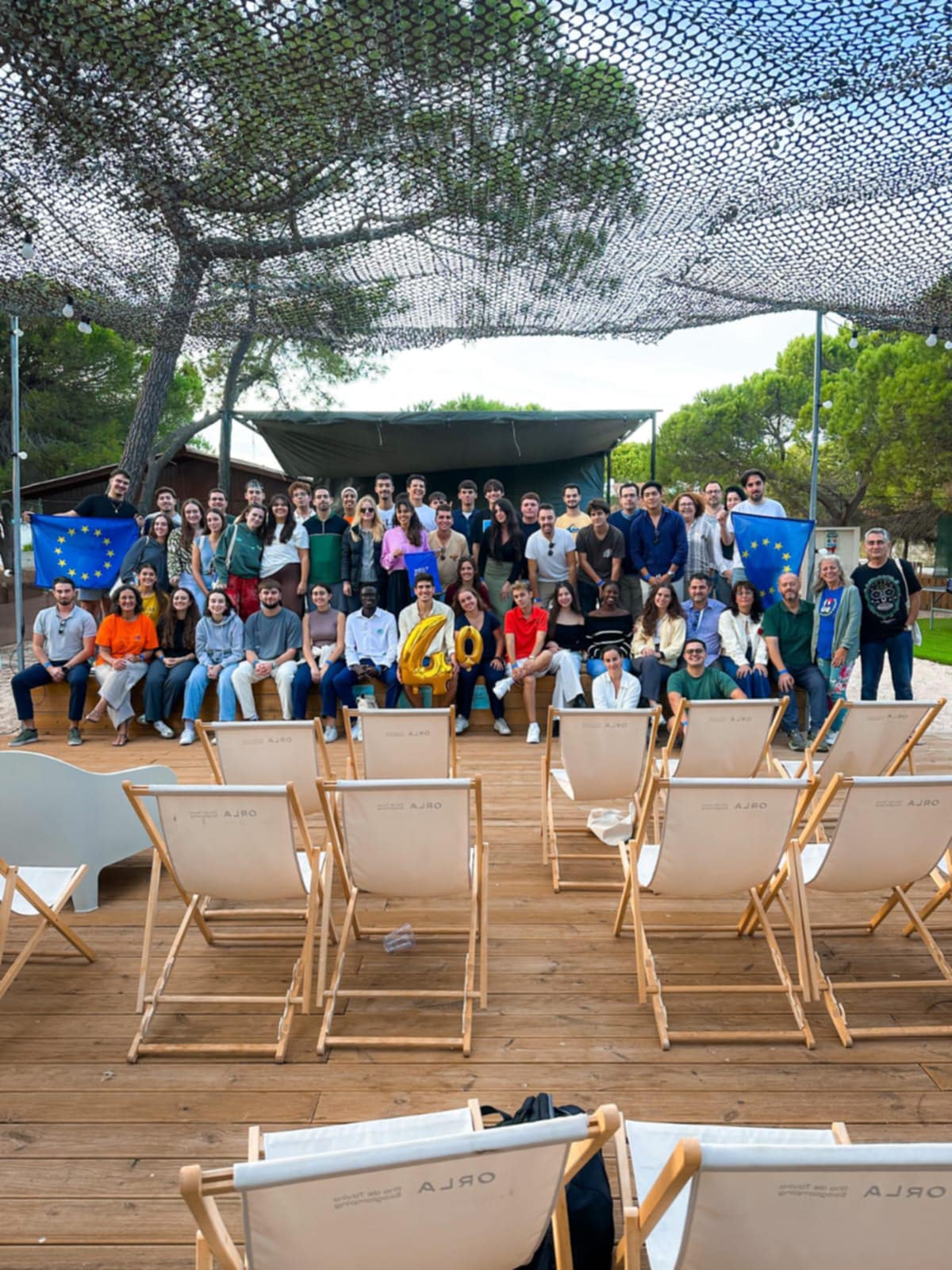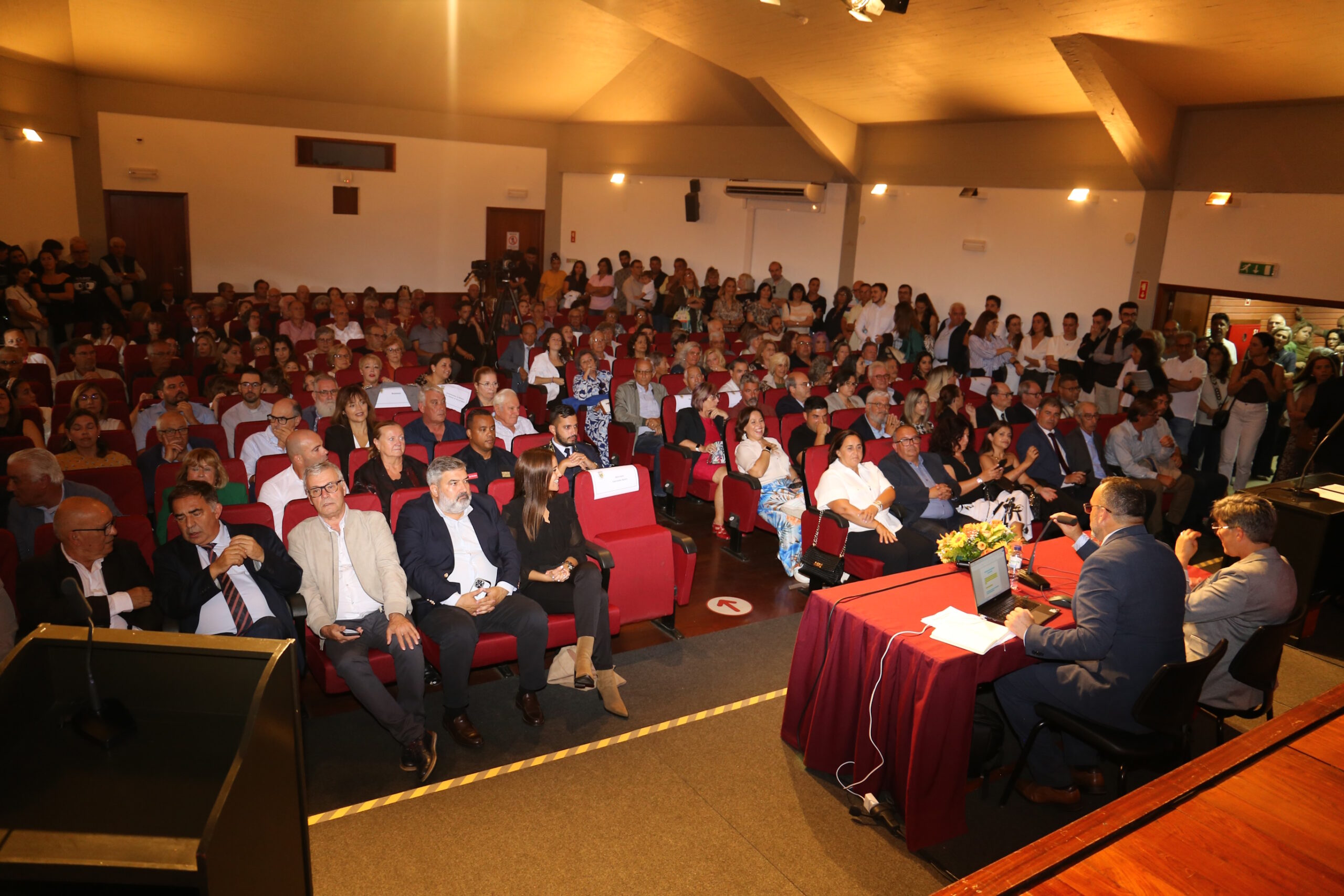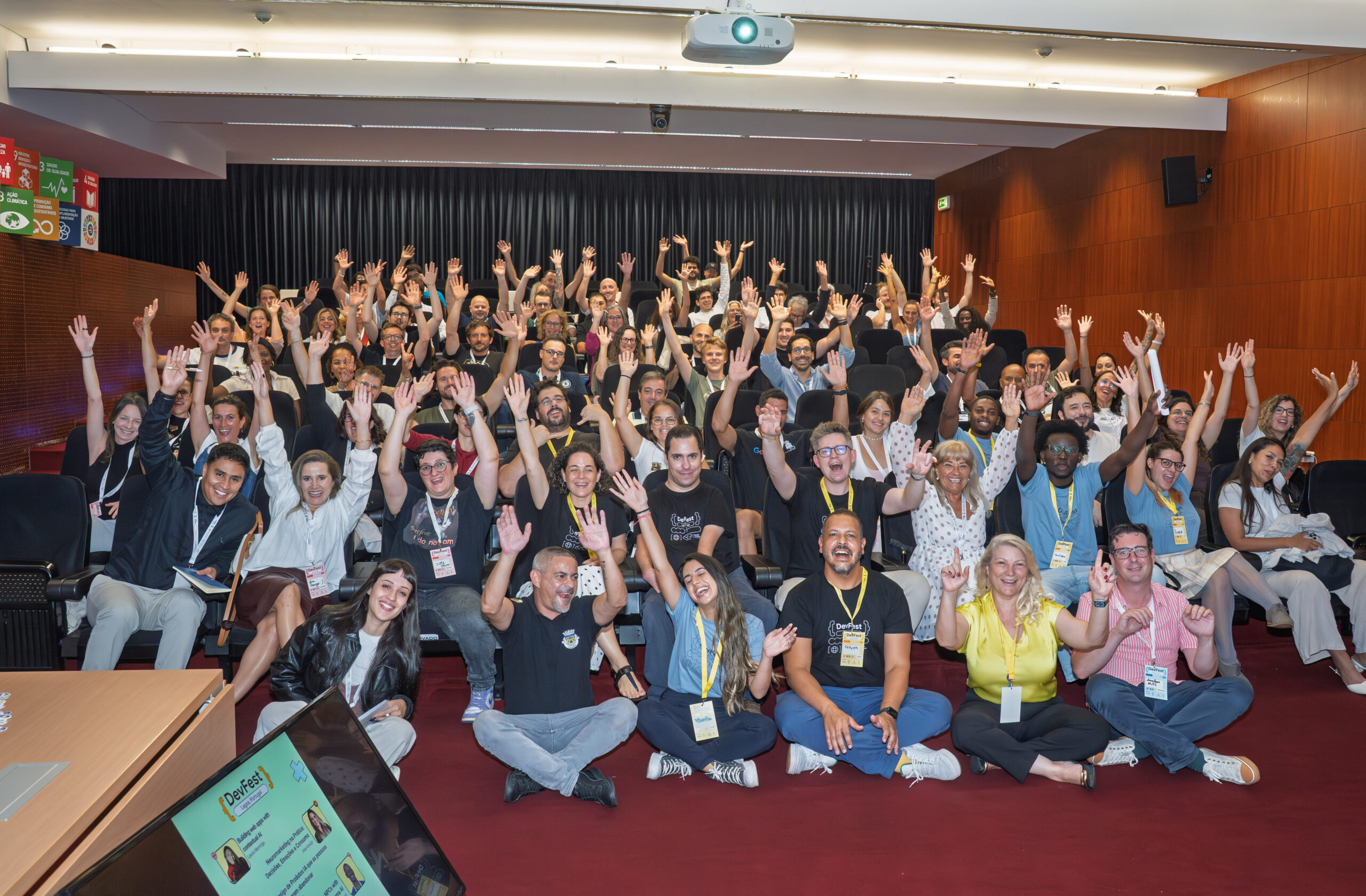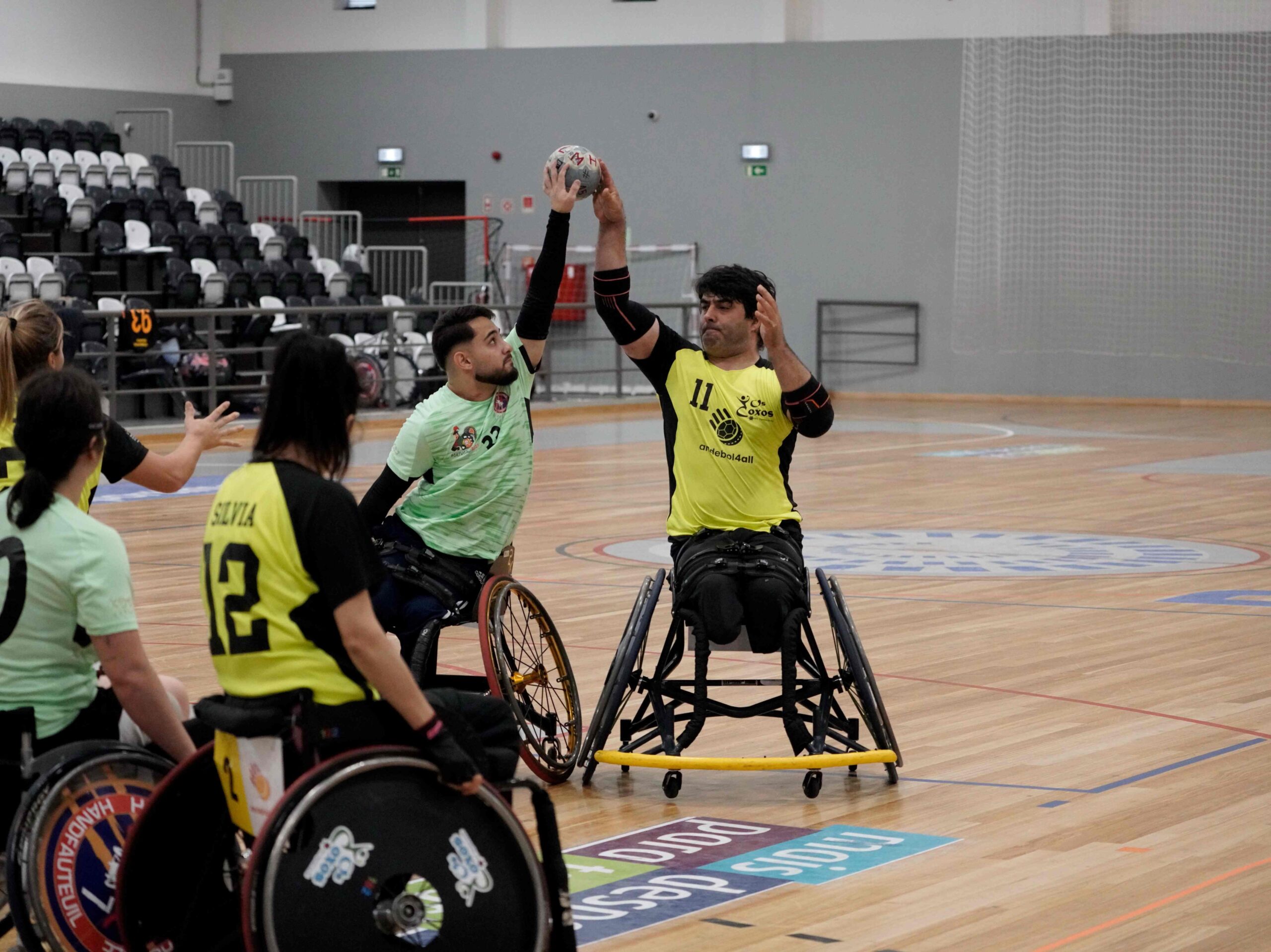“Portugal’s History: A 270-Year Legacy of the 1755 Earthquake” – Beyond Lisbon: The Lesser-Known Impacts of the Catastrophe
The Algarve region felt the ground shaking, but its major damage was delivered crushingly by the subsequent tsunami, rather than the tremor itself. Coastal towns like Lagos, Sagres, and Portimão were swamped. The historic port of Lagos was particularly afflicted; reports indicate that the giant waves inundated the lower town, washing away fortifications, warehouses, and homes. The wave height was often greater here than in Lisbon, funnelled and magnified by the underwater topography.
The Great Lisbon Earthquake of All Saints’ Day, the 1 st of November 1755, is conventionally understood as a triple catastrophe — a massive seismic shock, followed by widespread fire, and concluded by a devastating tsunami.
While the 85% destruction of Portugal’s capital is well-documented, the quake’s profound legacy extends into the realms of philosophy, science, and the regional geography of the Iberian Peninsula, notably the Algarve coast.
The true impact of this disaster lies not only in the tens of thousands of lives lost but in its function for a better disaster response. One of the most significant, yet lesser-spoken-of, consequences of the event was the birth of modern seismology.
Prime Minister at the time – the Marquis of Pombal
In the chaotic aftermath, the Prime Minister (the Marquis of Pombal) famously issued a pragmatic order: “Bury the dead and feed the living.”
Crucially, he also sent a detailed questionnaire to every parish in the kingdom. This survey asked local priests not only about the damage but about specific physical effects: the duration of the shaking, the direction the ground moved, how many times the sea rose and fell, and what happened to the water in wells.
This comprehensive, empirical data collection marked the first systematic, scientific attempt to gather objective information about an earthquake’s effects, predating official geological studies by decades and establishing the foundational methodology for studying earthquakes.
Furthermore, the Lisbon disaster violently shook Europe’s intellectual foundations. A disaster of this scale, occurring on a holy day and destroying the pious alongside the wicked, made the concept of “best of all possible worlds, designed by God” untenable for many thinkers.
The earthquake directly inspired Enlightenment philosopher Voltaire to write his satirical novella, Candide (1759) which fiercely forced Europe to grapple with the problem of evil and the inherent capriciousness of nature, shifting philosophical focus from divine judgment to empirical reality.
The earthquake’s devastation
The earthquake’s devastation was not limited to Lisbon and its immediate vicinity; it severely impacted the coastal regions of southern Portugal and certain parts of Spain. The Algarve region felt the ground shaking, but its major damage was delivered overwhelmingly by the subsequent tsunami, rather than the initial tremors.
While Lisbon’s tragedy became a symbol of national collapse, the Algarve suffered a sudden blow from the sea, leading to the economic ruin of its maritime communities and requiring extensive, though often overlooked, reconstruction efforts led by Pombal’s administration.
In conclusion, the 1755 Lisbon Earthquake was far more than a physical disaster. It was an event that simultaneously destroyed an old world and laid the foundation for a new, rational one. This catastrophic day in history continues to inform how we approach both natural science and human suffering.
The 270th commemoration must be another testament to how profoundly that single day reshaped both Lisbon’s identity and the entire European intellectual landscape, including philosophical, architectural, and civil administrative approaches to disaster management.
The 1755 event taught us that nature is indifferent to human morality, and therefore, our defense must be built on reason, structure, and preparation. Modern education programs teach citizens about “Drop, Cover, and Hold On” procedures and the importance of having personal emergency plans and kits.
The key is to practice these three steps so they become an automatic response when the ground begins to shake:
– Drop immediately onto your hands and knees;
– Cover your head and neck (the entire body if possible);
– Hold On to your shelter (or cover) until the earthquake stops.
(Words: Dan Costinas) (Photo credits: © QUAKE – The Lisbon Earthquake Museum)
